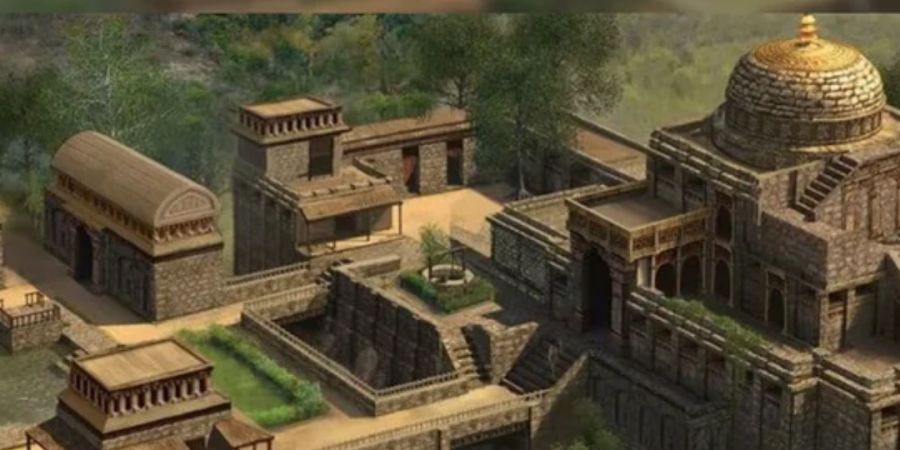

Takshashila, also known as Taxila, is an ancient city located in present-day Pakistan. It was once a thriving center of learning and commerce in the Indian subcontinent, and its influence can be traced back to as early as the 6th century BCE. The city was founded by the Gandhara people, and it quickly became an important hub for trade, art, and culture.
The name Takshashila is derived from the Sanskrit words "taksha" meaning carpenter, and "shila" meaning rock. This refers to the fact that the city was originally founded by a carpenter, and its buildings were constructed out of stone. The city was strategically located near the Indus River, which facilitated trade with other parts of the region.
Takshashila is perhaps best known for its famous university, which is believed to have been one of the oldest and most prestigious in the world. The university was founded in the 5th century BCE, and it attracted students from all over the Indian subcontinent as well as from other parts of Asia. It is said that at its peak, the university had over 10,000 students, and that it offered courses in subjects ranging from philosophy and mathematics to medicine and politics.
The faculty at Takshashila was renowned for its expertise and scholarship, and many famous scholars and thinkers of the time were associated with the university. Among them were Chanakya, the author of the Arthashastra, a treatise on politics and economics, and Panini, who is considered to be one of the greatest Sanskrit grammarians of all time.
In addition to its university, Takshashila was also known for its thriving arts and culture scene. The city was home to many talented artists, and its sculptures and paintings were highly prized throughout the region. It was also a center of religious and spiritual activity, and many important Buddhist and Jain sites can be found in the vicinity.
Takshashila's golden age came to an end with the invasion of Alexander the Great in the 4th century BCE. Although the city continued to be inhabited for many centuries afterwards, it never regained its former glory. In the centuries that followed, the city was ruled by various empires and dynasties, including the Mauryans, the Kushans, and the Mughals.
Today, Takshashila is a UNESCO World Heritage site, and it is considered to be an important archaeological and historical site. Although much of the city's ancient structures and buildings have been lost to time, many important relics and artifacts have been uncovered by archaeologists, including coins, pottery, and sculptures. These discoveries provide valuable insights into the city's rich history and cultural heritage, and help us to better understand the ancient world in which it flourished.
Thank you……..
Please follow and like my contents……
